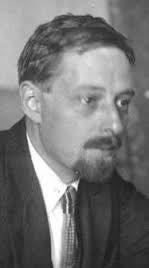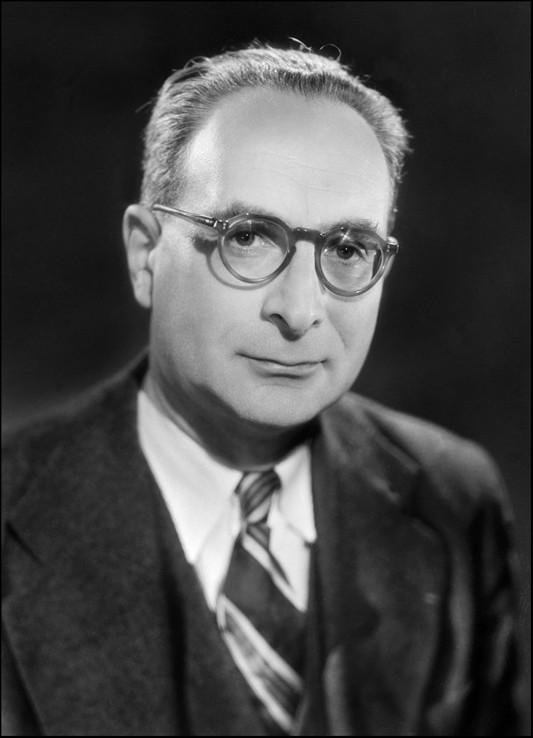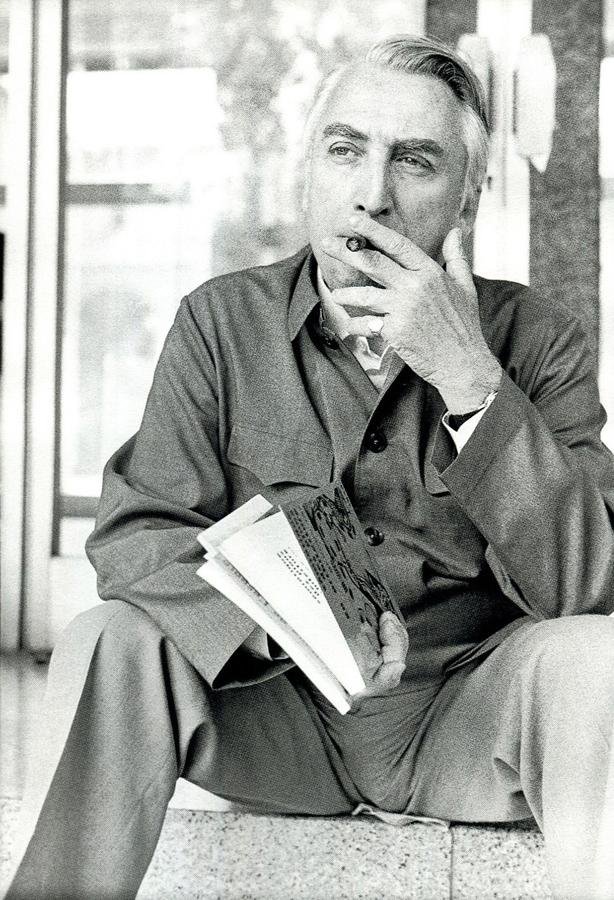Narrative Theories
What does a narrative consist of?
- A narrative consists of two things - a plot and a story.
- The plot is everything that is present within the text. It can be visibly seen.
- The story is what the reader understands from the narrative, and it incorporates all of the events within the narrative itself - this includes both implicit and explicit events.
- Therefore, we can say that NARRATIVE = PLOT + STORY
Tzvetan Todorov
Todorov was a theorist who believed that all stories began in a state of equilibrium, or happiness.
The equilibrium would then be disrupted, and the disruption would be recognised. A chain of events would happen because of the disruption within the equilibrium, in order to repair the disruption. There will eventually be a resolution to the events, and this resolution is in the form of a new or a different kind of equilibrium. This equilibrium would not be the same kind of happiness as the story started off with.

Vladimir Propp
Propp theorised that the narrative was determined by a selection of different character roles.
There were always eight character roles within a narrative. These roles were:
- Villain
- Hero
- Dispatcher
- False hero
- Donor
- Helper
- Princess
- Father

Propp's Theory (Continued)
- Propp theorised that there was a clear purpose to each character.
- There were also 31 functions per character.
- The role of the characters helped to determine the nature of the narrative itself.
Claude Levi-Strauss
Levi-Strauss said that the production of meaning relied on the theory of binary oppositions.
Binary oppositions were conflicts between two qualities. A few examples of these are:
- Good vs Evil
- Peace vs War
- Hope vs Fear
- Love vs Hate

Roland Barthes
Barthes theorised that narrative was told through a series of codes.
These codes control the way that information is conveyed to the audience.
The two most important codes are:
- Enigma code
- Action code

Enigma Code:
This is a narrative device, where some form of puzzle or riddle is given to the audience which teases them and their curiosity.
These puzzles are answered later on in the narrative, but they are used to entice the audience so that they keep reading or watching the narrative.
Action Code:
This is also a narrative device, where a resolution is produced through action. They provide the audience with needed information for the plot and also progress the narrative in a specific direction.